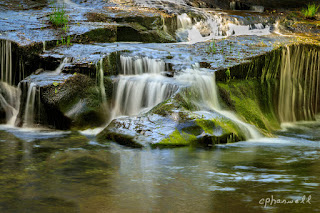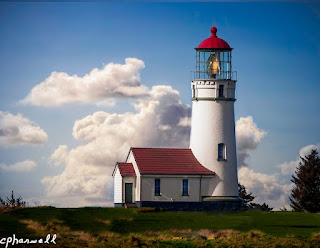The Art of Natural Landscape Photography: Exploring Composition and Lighting
In the realm of photography, few subjects captivate the imagination quite like natural landscapes. From majestic mountains to serene seascapes, the allure of the great outdoors beckons photographers to capture its beauty through their lenses. Yet, creating stunning natural landscape photographs goes beyond merely pointing and shooting. It involves a careful consideration of composition and lighting, two fundamental elements that can elevate an image from ordinary to extraordinary.
Composition: Crafting Visual Harmony
Composition is the arrangement of elements within a photograph, and it plays a pivotal role in determining the overall impact of an image. Natural landscape photographic print for sale, mastering composition is essential for creating visually compelling photographs that draw viewers into the scene.
One of the fundamental principles of composition is the rule of thirds. This guideline suggests dividing the frame into a grid of nine equal sections, with key elements placed along the lines or at their intersections. By adhering to this rule, photographers can create a sense of balance and harmony in their compositions, leading to more visually appealing images.
Leading lines are another powerful compositional tool in natural landscape photography. Whether it's a winding river, a meandering path, or a row of trees, leading lines draw the viewer's eye into the image, guiding them through the scene and creating a sense of depth and dimension.
Additionally, paying attention to the foreground, midground, and background can add depth and context to a photograph. Including elements in the foreground can create a sense of scale and perspective, while the midground and background provide context and visual interest.
Lighting: Painting with Light
Lighting is perhaps the most critical aspect of photography, and in natural landscape photography, it can make all the difference between a mediocre shot and a masterpiece. The quality, direction, and intensity of light profoundly influence the mood, atmosphere, and visual impact of a photograph.
Golden hour, the period shortly after sunrise or before sunset, is revered by photographers for its soft, warm light that bathes the landscape in a magical glow. During this time, shadows are long, colors are rich and saturated, and the landscape takes on a captivating allure. Making the most of golden hour requires careful planning and timing, but the results are often well worth the effort.
While golden hour is undoubtedly magical, natural landscape photographers must also learn to adapt to different lighting conditions throughout the day. Overcast skies can create soft, diffused light that is ideal for capturing detail and texture, while harsh midday sun can cast harsh shadows and wash out colors. By understanding how different lighting conditions affect their subjects, photographers can make informed decisions about exposure, composition, and post-processing to achieve the desired effect.
In conclusion, mastering composition and lighting is essential for creating compelling natural landscape photographs that resonate with viewers on a visceral level. By carefully considering the arrangement of elements within the frame and harnessing the power of light to enhance mood and atmosphere, photographers can transform ordinary scenes into extraordinary works of art. So, the next time you venture into the great outdoors with your camera in hand, take a moment to appreciate the interplay of composition and lighting and let them guide you in capturing the breathtaking beauty of the natural world.



Comments
Post a Comment